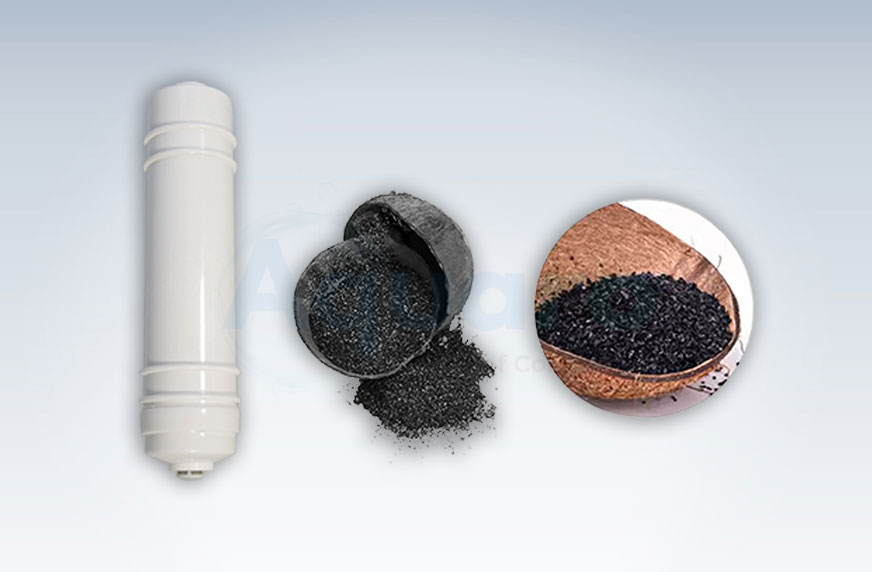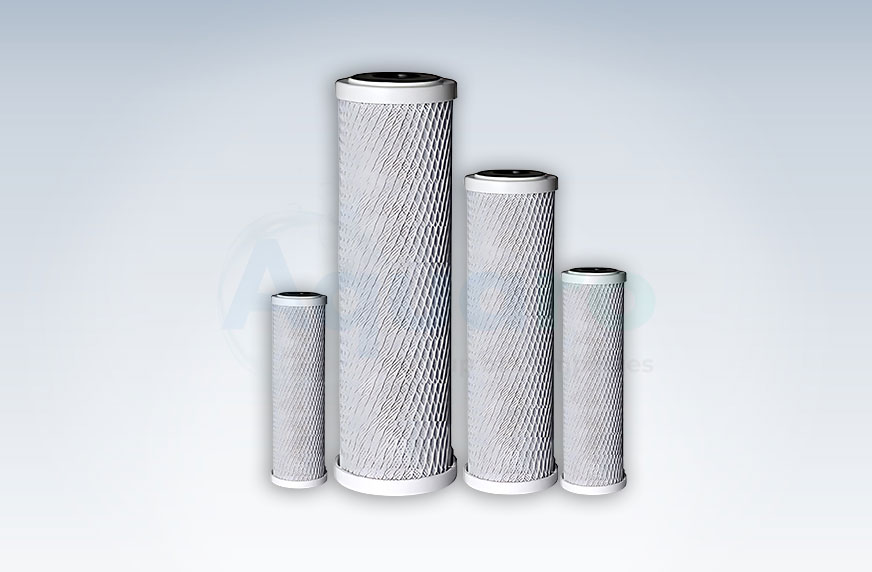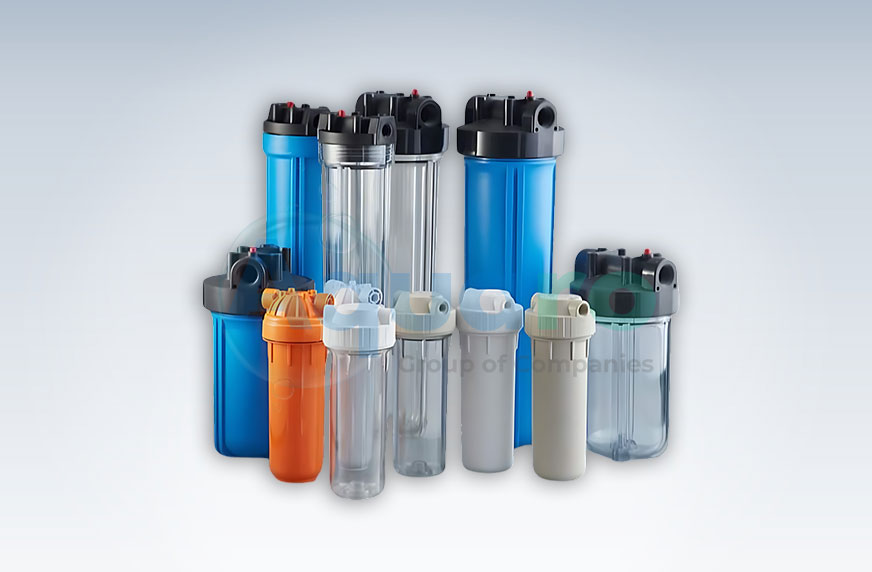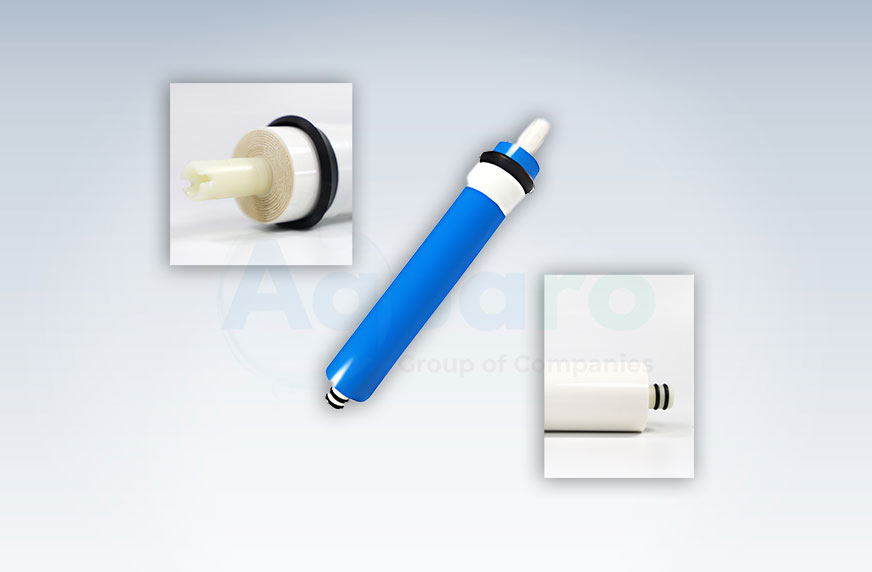
Understanding Different Types of Water Filters and Their Uses
Home Blog Understanding Different Types of Water Filters and Their Uses

Understanding Different Types of Water Filters and Their Uses
Access to clean and safe drinking water is crucial for maintaining good health. However, tap water can sometimes be contaminated with various impurities, including chemicals, heavy metals, bacteria, and sediments. Water filters provide an effective solution to remove these contaminants, ensuring that your water is safe for drinking, cooking, and other household uses. However, not all water filters are created equal, and each type is designed to target specific contaminants. In this guide, we’ll explore different types of water filters and their uses, helping you choose the best filtration system for your needs.
1. Activated Carbon Filters
How They Work : Activated carbon filters are one of the most common and widely used filtration systems. These filters use activated carbon, a material with a large surface area and porous structure, which allows it to trap contaminants. The carbon works through a process called adsorption, where chemicals, chlorine, volatile organic compounds (VOCs), and impurities bind to the surface of the carbon as water passes through.
Best For :
- Removing chlorine, which improves taste and odor.
- Reducing VOCs, pesticides, and herbicides.
- Filtering out sediments and some organic contaminants.
Limitations : Activated carbon filters are not effective at removing heavy metals like lead, bacteria, or dissolved minerals, so they may not be suitable for areas with highly contaminated water.
Common Uses :
- Faucet-mounted filters
- Water filter pitchers
- Under-sink filtration systems
2. Reverse Osmosis (RO) Filters
How They Work : Reverse osmosis systems are highly effective at removing a wide range of contaminants from water. These filters work by pushing water through a semi-permeable membrane that blocks most impurities, including heavy metals, bacteria, viruses, nitrates, fluoride, and even dissolved salts. The filtered contaminants are then flushed away, leaving purified water on the other side of the membrane.
Best For :
- Removing heavy metals like lead, mercury, and arsenic.
- Eliminating fluoride and nitrates.
- Filtering out bacteria, viruses, and parasites.
Limitations :
- RO systems often waste water in the filtration process, producing only a portion of filtered water from the total volume used.
- They remove beneficial minerals like calcium and magnesium, which may be desirable in drinking water.
Common Uses :
- Under-sink filtration systems
- Whole-house systems for comprehensive water treatment
3. Ultraviolet (UV) Purifiers
How They Work : UV water purifiers use ultraviolet light to disinfect water by destroying the DNA of microorganisms like bacteria, viruses, and parasites, rendering them harmless. These systems are excellent at killing pathogens, ensuring microbiologically safe drinking water without the need for chemicals or additives.
Best For :
- Killing bacteria, viruses, and protozoa.
- Disinfecting water to prevent waterborne diseases.
Limitations : UV purifiers do not remove chemicals, heavy metals, or sediments. They are usually paired with other filtration methods, like activated carbon or reverse osmosis, to ensure comprehensive filtration.
Common Uses :
- Households with well water or areas prone to waterborne diseases
- Industrial applications for water disinfection
4. Distillation Systems
How They Work : Distillation systems purify water by boiling it to create steam. The steam rises, leaving contaminants like heavy metals, chemicals, and minerals behind, and then condenses into purified water. This process effectively removes many types of impurities, making it one of the most thorough methods of filtration.
Best For :
- Removing heavy metals such as lead and mercury.
- Reducing fluoride, nitrates, and other dissolved salts.
- Eliminating bacteria, viruses, and other pathogens.
Limitations : Distillation is an energy-intensive process and can be slow. Additionally, it removes beneficial minerals from water, which some people may prefer to retain in their drinking water.
Common Uses :
- Laboratory-grade water purification
- Households seeking high-level water purity
5. Ceramic Filters
How They Work : Ceramic filters are made from a porous ceramic material that traps contaminants as water passes through. The small pores in the ceramic material block bacteria, protozoa, and sediment from entering the water. Some ceramic filters are treated with silver, which acts as a disinfectant to kill bacteria.
Best For :
- Removing bacteria, protozoa, and other microorganisms.
- Filtering out sediments and dirt.
Limitations : Ceramic filters do not remove chemicals, heavy metals, or viruses, so they are typically used in combination with other filtration methods.
Common Uses :
- Gravity-fed filtration systems
- Portable water filters for camping or emergencies
6. Ion Exchange Filters
How They Work : Ion exchange filters use a chemical process to remove dissolved ions from water, particularly calcium and magnesium, which cause water hardness. The filter exchanges these ions for sodium or potassium ions, effectively softening the water. This method can also reduce radioactive contaminants and heavy metals.
Best For :
- Softening hard water by removing calcium and magnesium.
- Reducing scale buildup in appliances and plumbing.
Limitations : Ion exchange filters are not effective at removing bacteria, viruses, or chemical contaminants. Additionally, they increase the sodium content of the water, which may not be suitable for people on low-sodium diets.
Common Uses :
- Water softeners for households with hard water
- Pre-treatment for other filtration systems
7. Ultrafiltration (UF) Systems
How They Work : Ultrafiltration systems use a membrane with larger pores than reverse osmosis but smaller than most other filtration methods. These systems are effective at removing bacteria, parasites, and suspended particles from water while allowing essential minerals to pass through.
Best For :
- Removing bacteria, protozoa, and larger particles.
- Retaining beneficial minerals like calcium and magnesium.
Limitations : UF systems are not effective at removing dissolved salts, heavy metals, or viruses. They may need to be combined with additional filtration methods depending on the quality of the water.
Common Uses :
- Households with moderately contaminated water
- Filtration for small-scale water systems
Conclusion
Choosing the right water filter depends on the specific contaminants in your water, your household needs, and your budget. Whether you need to remove chlorine, heavy metals, bacteria, or sediments, there is a filtration system designed to address your concerns. Understanding the capabilities and limitations of each type of water filter will help you make an informed decision, ensuring that your water is safe and healthy for everyday use. Investing in the right water filtration system can protect your family’s health and provide peace of mind for years to come.

















